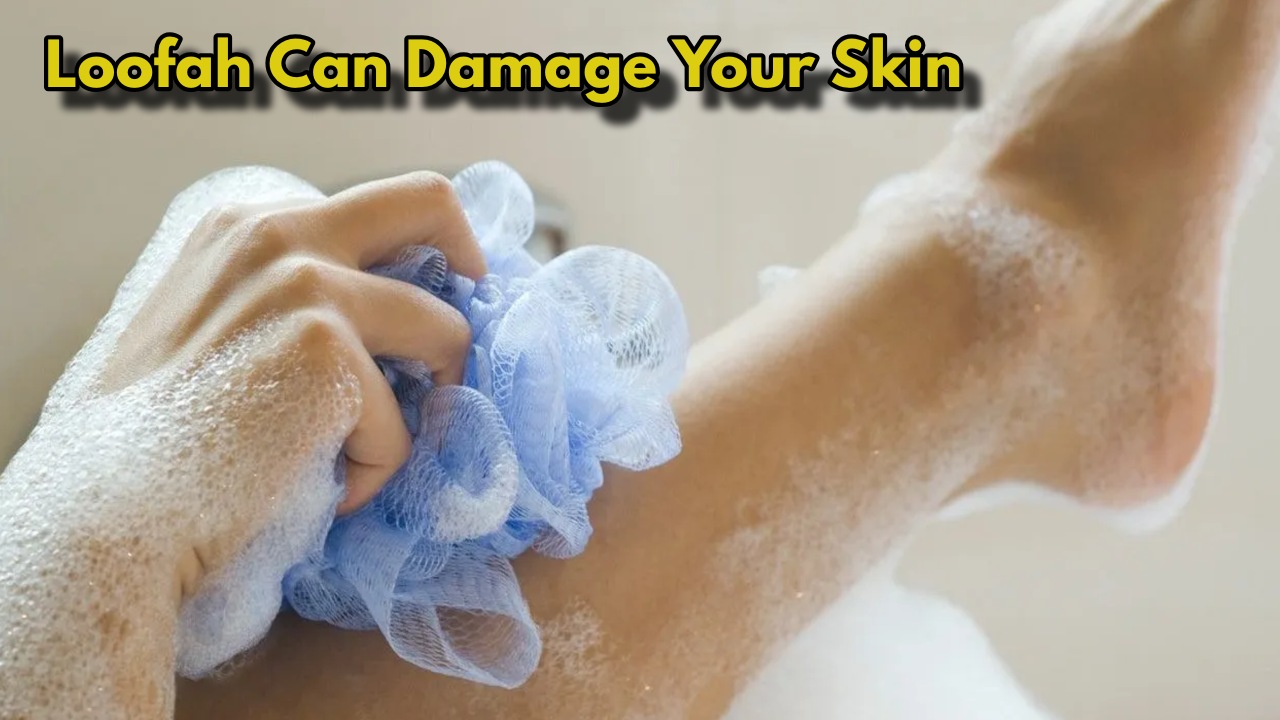Loofah Making are a common bathroom item found in many homes. People use them for scrubbing, exfoliating, and cleaning their skin. But have you ever thought that this everyday item might be doing more harm than good? While loofahs may help remove dead skin cells and give a refreshing feeling, they can also cause some serious health problems if not used or cleaned properly.
Let’s explore how your loofah might be making you sick and what shocking side effects it can cause.
What is a Loofah Making ?
A Loofah Making is a sponge-like item used to clean the body while bathing. There are two types:
- Natural loofah – made from a dried vegetable (a gourd).
- Synthetic loofah – made from plastic or nylon.
Both types can collect bacteria and other harmful organisms if not properly maintained. Moisture, heat, and dead skin trapped in loofahs make them the perfect home for germs.
5 Shocking Side Effects of Using a Loofah
1 Skin Infections
When you scrub your body with a loofah, it removes dead skin cells. These dead cells remain trapped in the loofah. If the loofah is left wet in your bathroom, it becomes a breeding ground for bacteria and fungi. The next time you use it, you’re rubbing those germs back onto your body.
This can cause:
- Redness
- Itchy skin
- Boils or pus-filled bumps
- Fungal infections like ringworm
If you already have a small cut or wound, these bacteria can enter and make things worse.
2 Body Acne
Loofah Making Many people complain about getting acne on their back, chest, or shoulders. While there can be many reasons for body acne, one hidden reason is using a dirty loofah. When bacteria collect on the loofah and touch your skin, they can clog pores and cause painful acne breakouts.
So if you’re seeing pimples in strange places, your loofah could be the culprit.
3 Spread of Germs
You might think your loofah is only touching your clean skin. But when you use it near private areas or after a sweaty workout, it picks up bacteria. Over time, these bacteria build up and spread to other parts of your body during future use.
Also, if you share your loofah with others (which you should never do), it increases the risk of spreading skin diseases or infections.
4 Worsening of Skin Conditions
People with eczema, psoriasis, or sensitive skin should avoid using loofahs completely. The rough texture can irritate the skin and make their condition worse. Instead of helping, it can damage the skin barrier, leading to more dryness, cracks, and inflammation.
If you notice burning or itching after using a loofah, it’s a clear sign your skin is reacting badly.
5 Bad Smell & Mold Growth
Ever noticed a strange smell coming from your loofah? That’s a warning sign. It could mean bacteria, mold, or mildew is growing inside it. Natural loofahs especially can trap water deep inside and take a long time to dry, creating the perfect damp space for mold.
Using a moldy loofah can lead to breathing problems, allergies, and skin irritation.
Healthier Alternatives
If you’re worried about your loofah, consider safer options:
- Soft washcloths – Easy to wash and reuse.
- Hands – Your clean hands can also do a good job of cleaning.
- Silicone scrubbers – These are easier to clean and dry quickly.
- Exfoliating gloves – Can be machine washed and reused safely.
Conclusion
A loofah may seem like a harmless part of your bathing routine, but it could be hiding dangerous bacteria. Skin infections, acne, and irritation are just some of the risks. Taking small steps like proper cleaning and regular replacement can help, but it might be best to switch to a safer option altogether.

